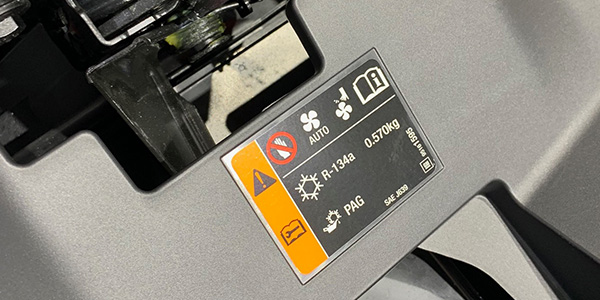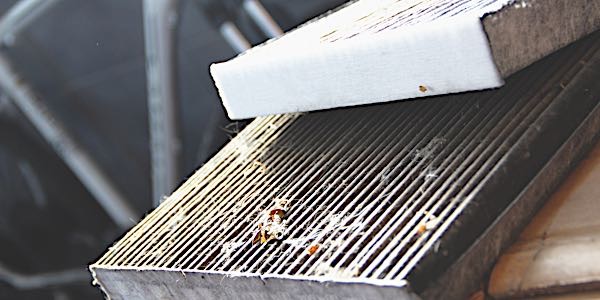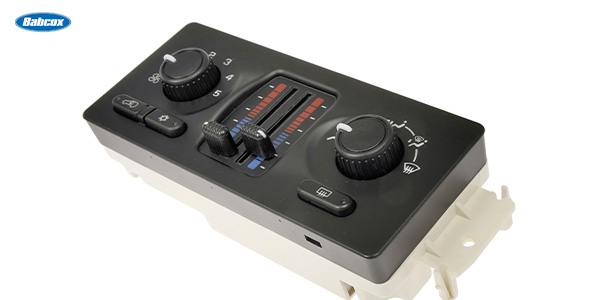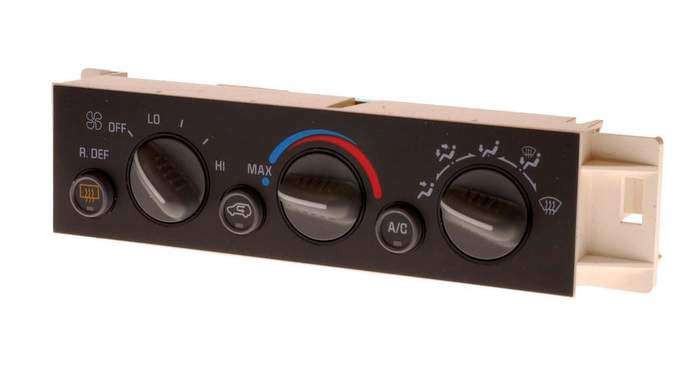
• No A/C, no vent control, no temperature control
• A/C and recirculation buttons will not light up
• All new components, including compressor and control head
Cars with a little age on them can be temperamental when diagnosing what might seem at first to be an easy problem. This 1996 GMC had already gone through the usual parts swapping at another shop, which didn’t do much other than waste time and money on components that didn’t cure the problem. I was sent this strange problem to see what I could do with it.
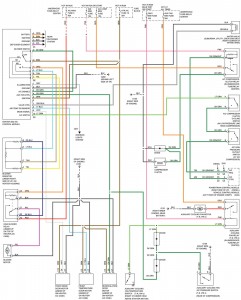
As with most electrical problems, the first place to look is the powers and grounds. In this case, they were all in good shape. Next, I looked at the charge level in the system, which was empty, of course. The previous shop pulled their refrigerant back out because they were convinced it was unfixable, so they at least wanted to recover some of their lost labor time. While doing the rest of the testing, I decided to evacuate the system and see if it would hold a vacuum.
Next up were the vent controls. Factory test procedures require you to check for the powers and grounds at the actuators. They were all fine. The third terminal of the three-terminal actuator runs back to the control head to operate the doors. I pulled the new control head out, checked the leads from there, and operated each individual door by bypassing the control head. The control head showed no signal coming out to the actuators at all, even though all of its powers and grounds were there.
Time to try a new control head. When the control head arrived, I plugged it in and ran it through the various vent functions. Everything was working perfectly — even the recirculation light and the A/C light functioned normally. The last thing left was to recharge the system.
Once the correct refrigerant amount was added, I turned the key and flipped on the A/C button. The A/C came on for just a second and then turned off — no A/C and no vent controls all over again.
Sure enough, the output signal from the control head was missing again. Even the output signal for the A/C request signal was missing. This points to a fault with this brand new control head, but why? Another control head was ordered, and while the replacement part was on its way, I retraced my steps.
 I checked the leads from one end to the other, verified the output signal, checked the compressor relay circuit and recharged the A/C. It was definitely a blown control head, but for what reason? What is different between the time I checked and had signal to the time I didn’t? The only thing I did was charge the system.
I checked the leads from one end to the other, verified the output signal, checked the compressor relay circuit and recharged the A/C. It was definitely a blown control head, but for what reason? What is different between the time I checked and had signal to the time I didn’t? The only thing I did was charge the system.
I rechecked the signal lead from the control head out to the switches. The signal leaves the control head and goes through the low-pressure switch and then on to the high-pressure switch, which in turn sends the signal on to the PCM, and then the PCM turns on the compressor relay. With both sensors disconnected, I ohm-checked the leads again, and they were all in perfect shape. Then, one at a time, I reconnected each switch and continued the same test. The low-pressure switch wasn’t the problem, but when I got to the high-pressure switch, the meter showed continuity to the other switch but continuity to ground as well. Disconnected, it was just fine.
Turns out the high-pressure switch would short to ground only when the A/C was up to full pressure, but when the A/C was empty, it was fine. And, when this circuit does ground, A/C is lost as well as any vent or temperature control. To make matters worse, there is no internal protection between the control head and this particular A/C signal lead. If the lead shorts, it takes the control head with it, which means no recirculation light, no A/C light up, the vents won’t change and neither will the temperature. There were no blown fuses, no scare marks on the circuit board and no other noticeable indications, so this was a rather expensive way of finding a short in an A/C system.
This case study illustrates that just because you have the proper powers and grounds to a component, it doesn’t mean you’ll be able to see the next step, mainly because you’ll only have a split second before that brand new control head isn’t so brand new anymore.
I recommend checking all the leads for cross circuiting or ground potential, and perform this testing procedure when the system is under its normal working conditions, such as the A/C being under the proper pressure requirements.
Will I check the next mid ‘90s GMC with these particular symptoms differently next time? You bet.


